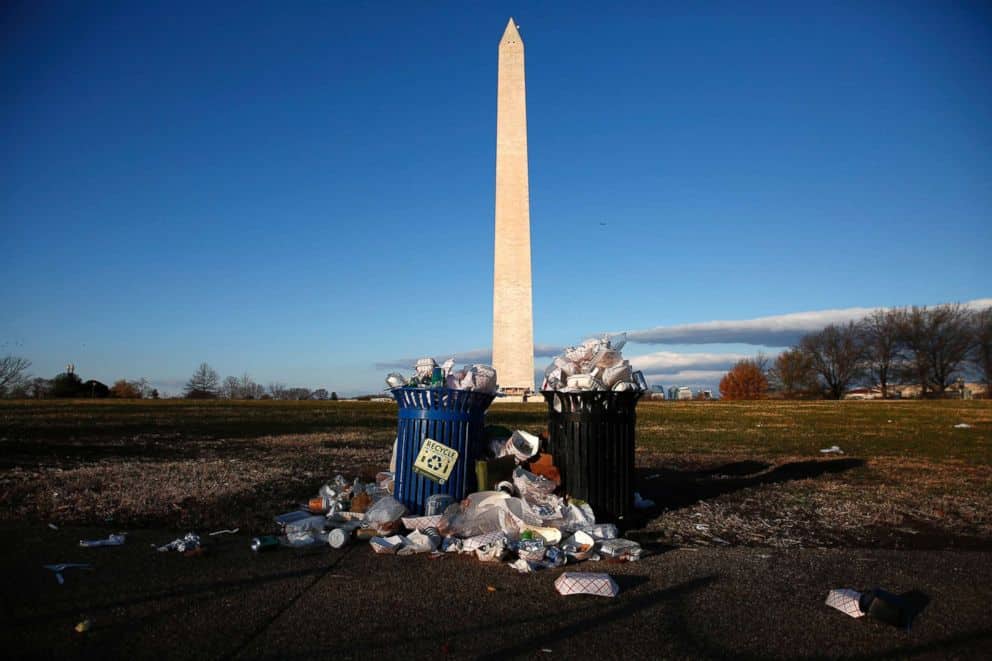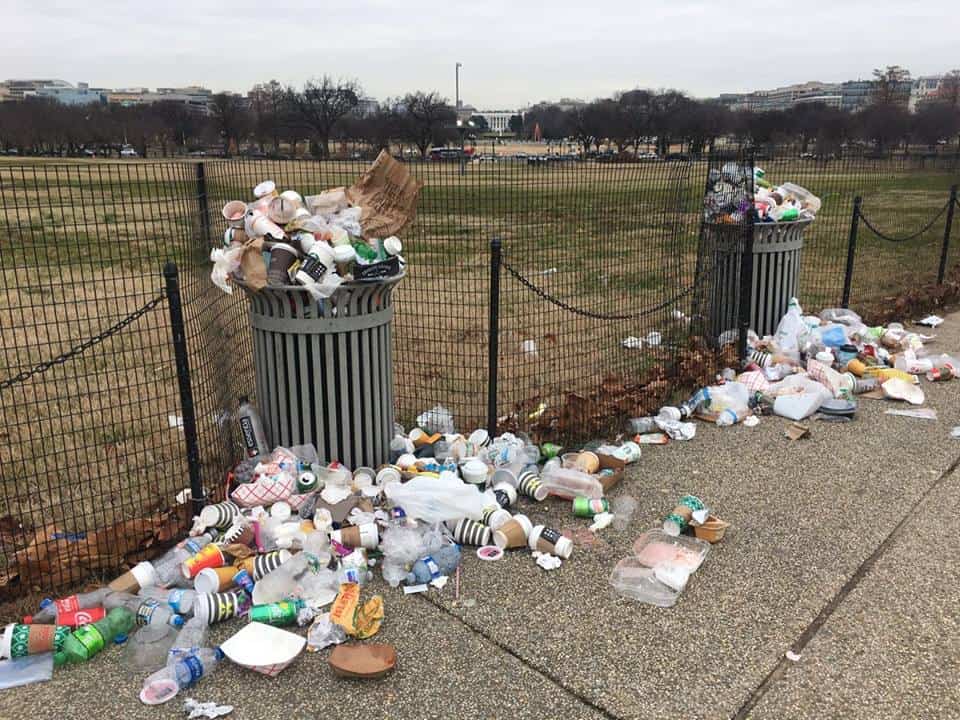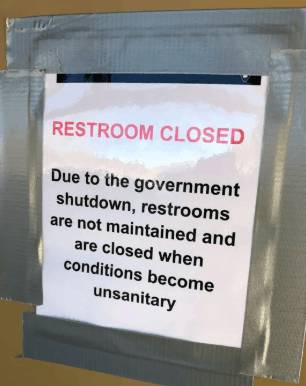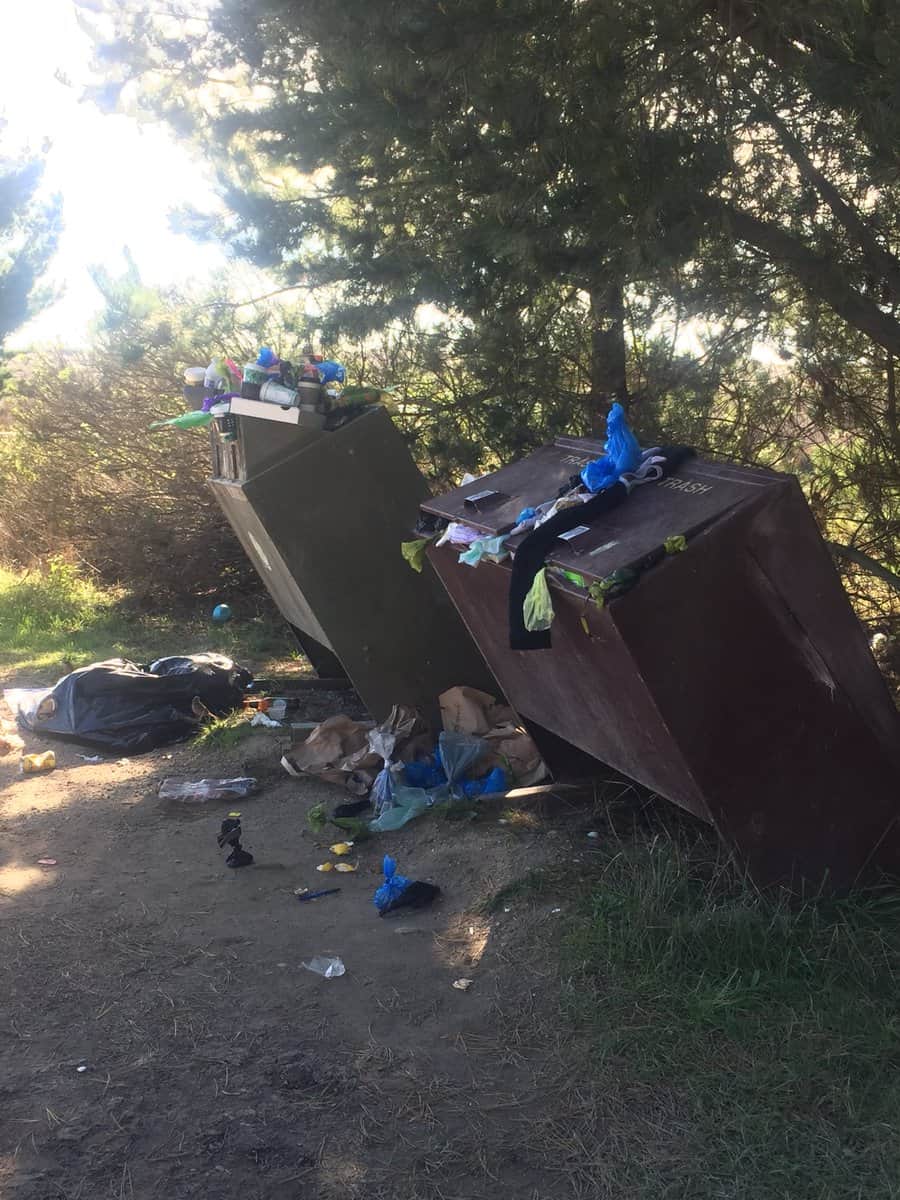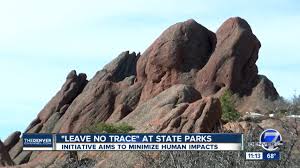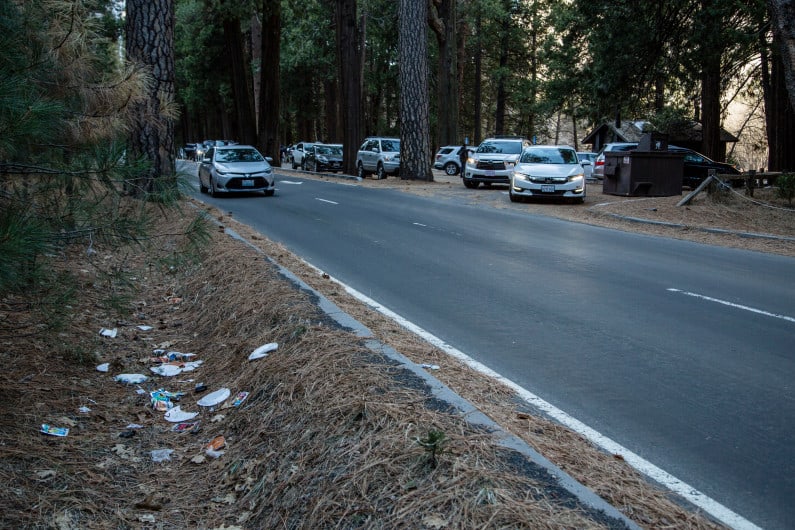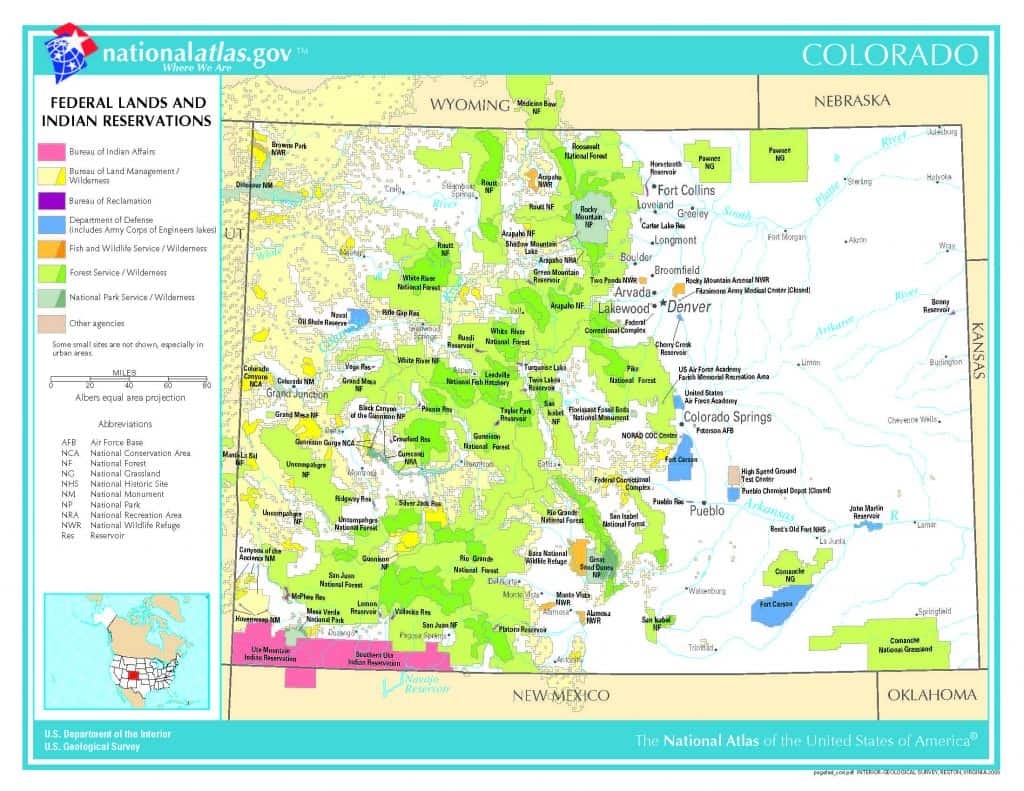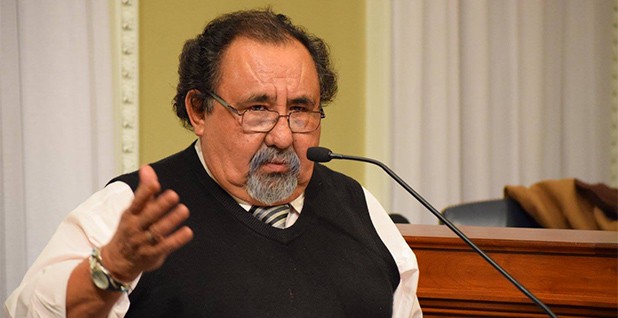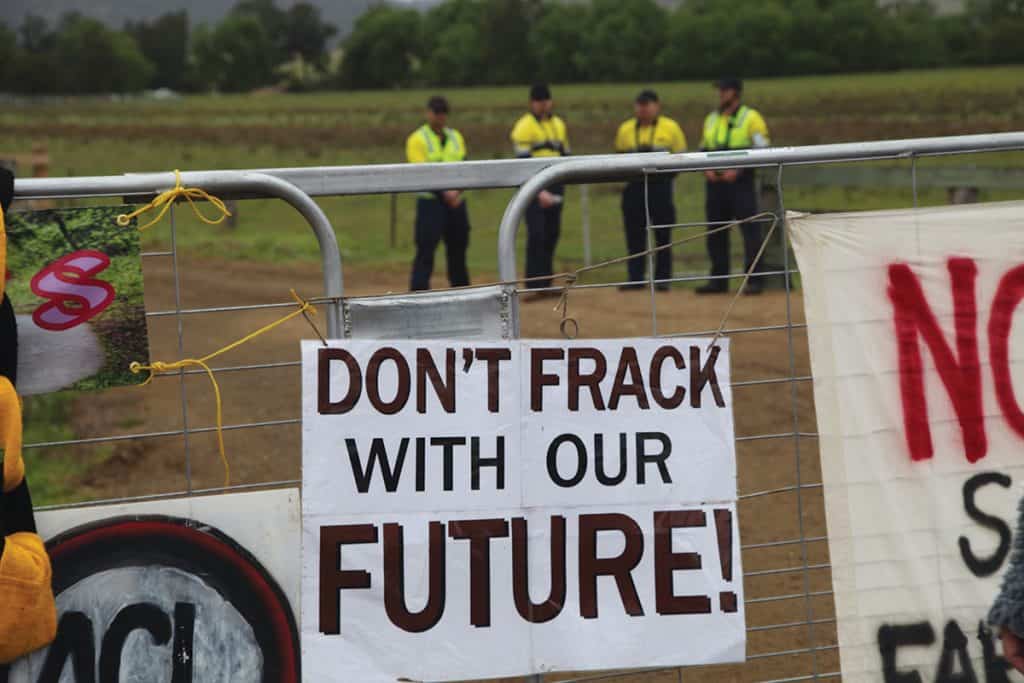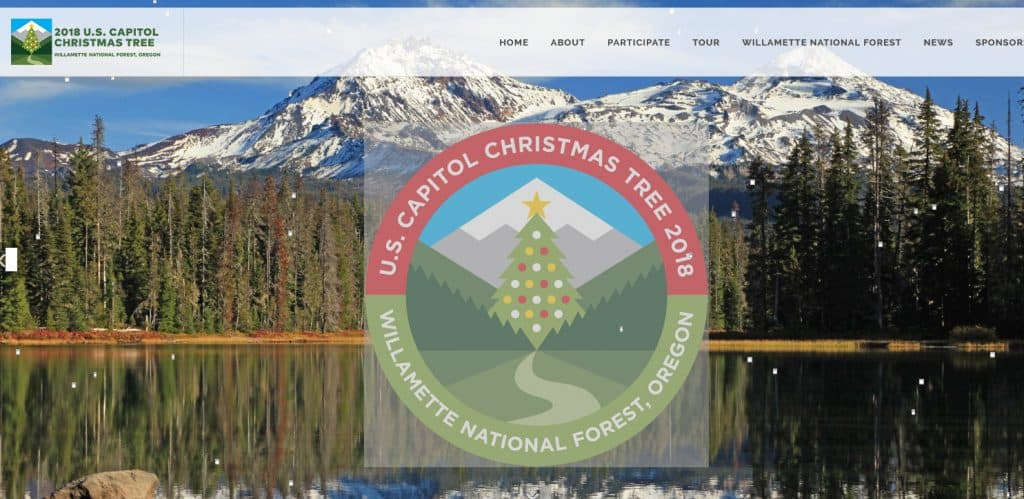Get the full scoop from this breaking article in the Washington Post:
The Justice Department’s public integrity section is examining whether newly departed Interior Secretary Ryan Zinke lied to his agency’s inspector general investigators, according to three people familiar with the matter, a potential criminal violation that would exacerbate Zinke’s legal woes.
Zinke, who left the Trump administration Wednesday, was facing two inspector general inquiries tied to his real estate dealings in his home state of Montana and his involvement in reviewing a proposed casino project by Native American tribes in Connecticut. In the course of that work, inspector general investigators came to believe Zinke had lied to them, and they referred the matter to the Justice Department to consider whether any laws were violated, the people familiar with the matter said.
The department’s public integrity section has since been exploring the case, the people familiar with the matter said. The extent of its work is unclear, though the inspector general had questioned witnesses in an apparent attempt to scrutinize Zinke’s account, one of the people said.
Also, in other (stinky) Zinke news, shortly after the departing Interior Secretary Ryan Zinke shared with the public a rather bizarre message, which appeared to be scribbled in red Crayola marker, Zinke then penned a letter to his 70,000 Interior Department employees (30% of whom, Zinke infamously claimed were “not loyal to the flag”), which in part read:
“When I was a Boy Scout, I was taught to leave the campsite better than I found it. I am confident that over the last 2 years we have done that together for our public lands and the Department of the Interior.”
On Tuesday, Time Magazine wrote: “Human feces, overflowing garbage, illegal off-roading and other damaging behavior in fragile areas were beginning to overwhelm some of the West’s iconic national parks on Monday, as a partial government shutdown left the areas open to visitors but with little staff on duty.”
Meanwhile, yesterday ABC News reported: “As the government shutdown extends into the new year, public lands and national parks are struggling to handle the trash, waste, and other damage from visitors without staff to manage the situation.”
Here’s a couple of photos from the past few days showing – literally – how Secretary Zinke left America’s public lands campsite (and legacy?). Good riddance, Zinke!
